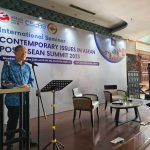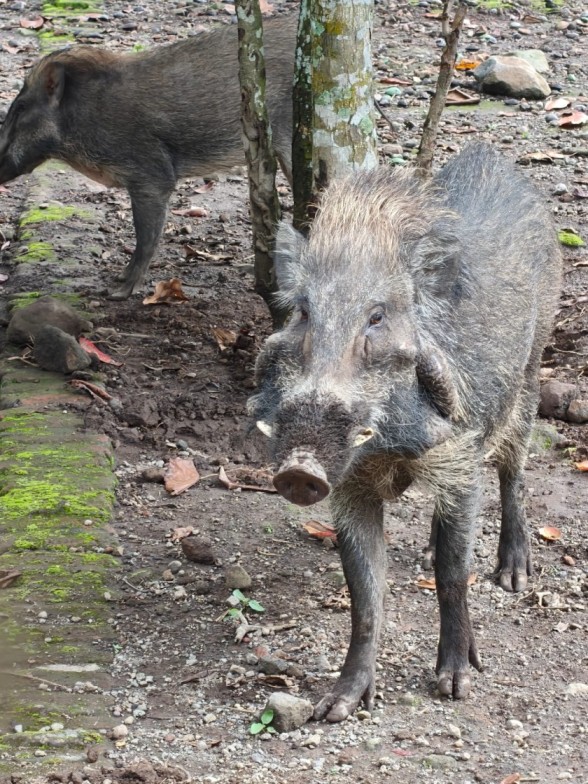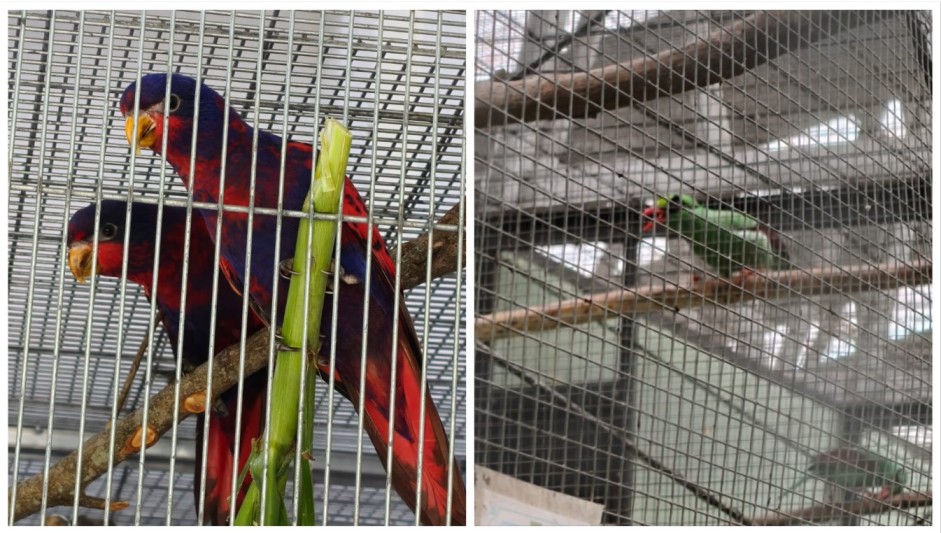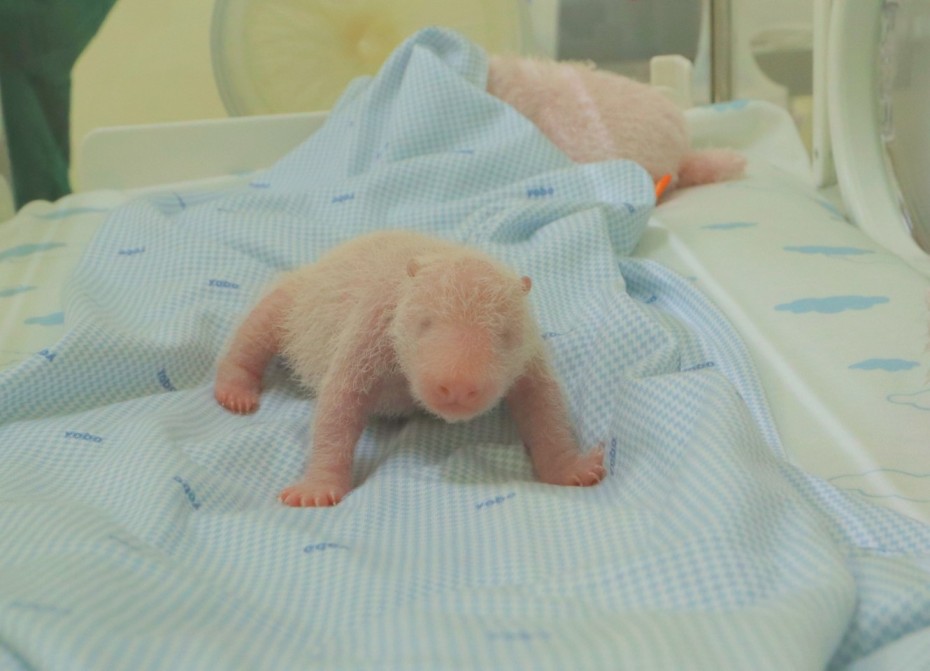Rafflesia patma blooms in the Bogor Botanical Gardens

Jakarta (Indonesia Window) – Rafflesia patma bloomed for the 14th time at the Bogor Botanical Gardens on Saturday (9/14) since it first blooming in 2010.
Of the 12 knobs, three are expected to bloom which may occur simultaneously and bring up male and female flowers as well as to help the pollination process, said the Indonesian Institute of Sciences (LIPI) on its website quoted in Jakarta on Sunday.
“The process of pollination that begins with a foul odor will occur if there are insects that help transport pollen from male flowers to female flowers,” said Sofi Mursidawati, Rafflesia Patma researcher at the Center for Plant Conservation and Botanical Research at LIPI.
She explained this odor invited flies as pollinators for fertilization to take place.
“Only certain types of flies can pollinate,” she said.
This flower blooms only in a matter of days, about two to three days, then it will wither and die.
“This is the time frame for which pollination can be done. That is even if male and female flowers are present and bloom together,” Sofi said.
According to her, Rafflesia patma is an endemic plant from Pangandaran, West Java, which is parasitic.
“This plant lives and breeds in its host body tissue a kind of forest grapes or attaches to the Tetrastigma plant,” Sofi explained.
Until now the Bogor Botanical Garden is still the first botanical garden in the world to have a collection of Rafflesia patma ex-situ, which is bred outside of native habitat.
Previously Rafflesia patma grew in the Bogor Botanical Gardens in the 1800s. One of them is the Rafflesia patma collection of H. Loudon which flowered in 1852.
Reporting by Indonesia Window

.jpg)








